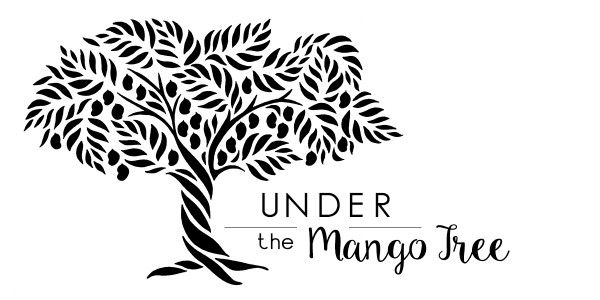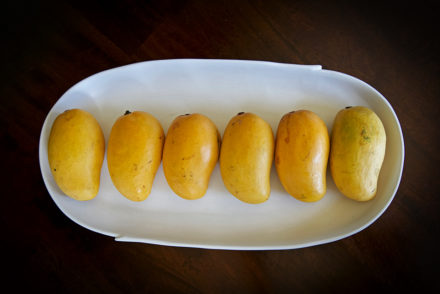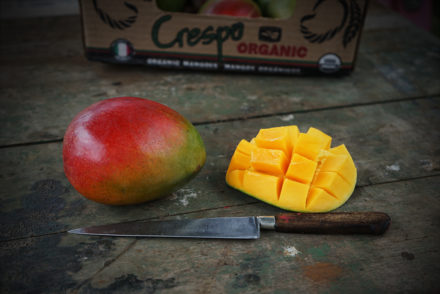“It’s going to catch on like wildfire…”
Sometime in the 1940s the Moscow Mule was invented. The exact moment of conception depends on who you ask. I like to believe the story that involves John Gilbert Martin of the Heublein Group—of A1 Sauce and canned mixed cocktail fame, and who acquired the rights of Smirnoff Vodka (from the Smirnov family who fled Russia). The vodka was notoriously crappy, which translated into a great acquisition price. The part that followed, aka trying to get Americans to drink it, was no small task. Even though Smirnoff was created in Connecticut, Hollywood became the birthplace of the mule.
After this point, we don’t totally know who can take credit for the idea. There are three possible candidates: John Gilbert (Heublein); Jack Morgan, Hollywood’s famous Cock’n Bull’s owner; or Wes Price, a lead bartender at the time. Most certainly the Cock’n Bull had far too much ginger beer on hand as they were distilling this elixir with a Silicon Valley “scale-it” ideology, but, like Smirnoff, they didn’t have the audience they wanted.
As it goes, Jack Morgan had a girlfriend, Ozeline Schmidt, who had inherited a copper factory that also struggled with sales. The foursome—John, Jack, Wes and Ozeline—sat together at the bar and put their heads together to try and come up with a cocktail that would pair Cock’n Bull’s Ginger Beer and Smirnoff. They became the parents of The Moscow Mule, born inside the copper mug of Ozeline’s factory. It was a win-win-win-win.
But… the cocktail would have never turned iconic if Mr. Martin had stopped there. The drink’s appeal today extends far beyond the likes of Hollywood. Most people have no clue that it isn’t really Russian and that it was all a marketing ploy. After its inception, the drink was a bar favorite at the Cock’n Bull. Mr. Martin, in order to sell more Smirnoff, traveled around the country using this cocktail recipe as a sales pitch.
Mr. Martin had an early clairvoyance to viral marketing. He took two pictures, Polaroids of all the bartenders he would visit, holding the copper mug in one hand and Smirnoff in the other. He would leave one photo with the bar for them to display, and he would take one with him to show the other bartenders, an archive of smiling faces holding the copper mug and Smirnoff. This perpetuated the popularity of the cocktail and became an early version of viral marketing as we know it.
The name comes from the vodka’s origin (Moscow) and the hard kick of the ginger beer (Mule). Ironically, none of the parties fighting over historical rights remember this part. Regardless, the cocktail is not Russian but, rather, an American invention created to sell booze, cups and the drink experience. The Moscow Mule is a pretty modern drink. As Wes Price put it, “I just wanted to clean out the basement. I was trying to get rid of a lot of dead stock. It caught on like wildfire.”
So here is my version, created to sell a lot of mangoes. In the end, I, like Mr. Martin before me, am a marketeer at heart. My Mango Mules will catch on like wildfire; I just know it!
Mango (Moscow) Mule
The Moscow Mule is the comeback kid of the 1940s. The amazing variety of tasty, organic vodkas and local ginger beers is just beckoning us to make mules. Layer in the bounty of mangoes to add a playful, seductive tone. It’s what today’s mule calls for: a sweet, perfumed, and tropical edge!
Ingredients
2 ounces organic vodka
1 ounce mango puree
Juice of 1 lime
3 ounces ginger beer
Lime wedge for garnish
Mint leaf for garnish
Cracked ice (but regular ice is okay, as well)
Method
In a cocktail shaker filled with ice, combine vodka, mango puree and lime juice. Shake vigorously until the shaker is frosty, about 5-8 seconds. Strain into a copper mule glass filled with cracked ice. Top the drink off with ginger beer and garnish with a lime wedge and mint leaf.
The copper mug is said to react with the acids in the lime, creating a unique flavor to the “mule.” I highly recommend getting a few copper mugs for your home cocktail bar. They’re ubiquitous these days, and quite cheap. Like Mr. Martin would say, “They add a great deal of excitement to the drink!”










No Comments